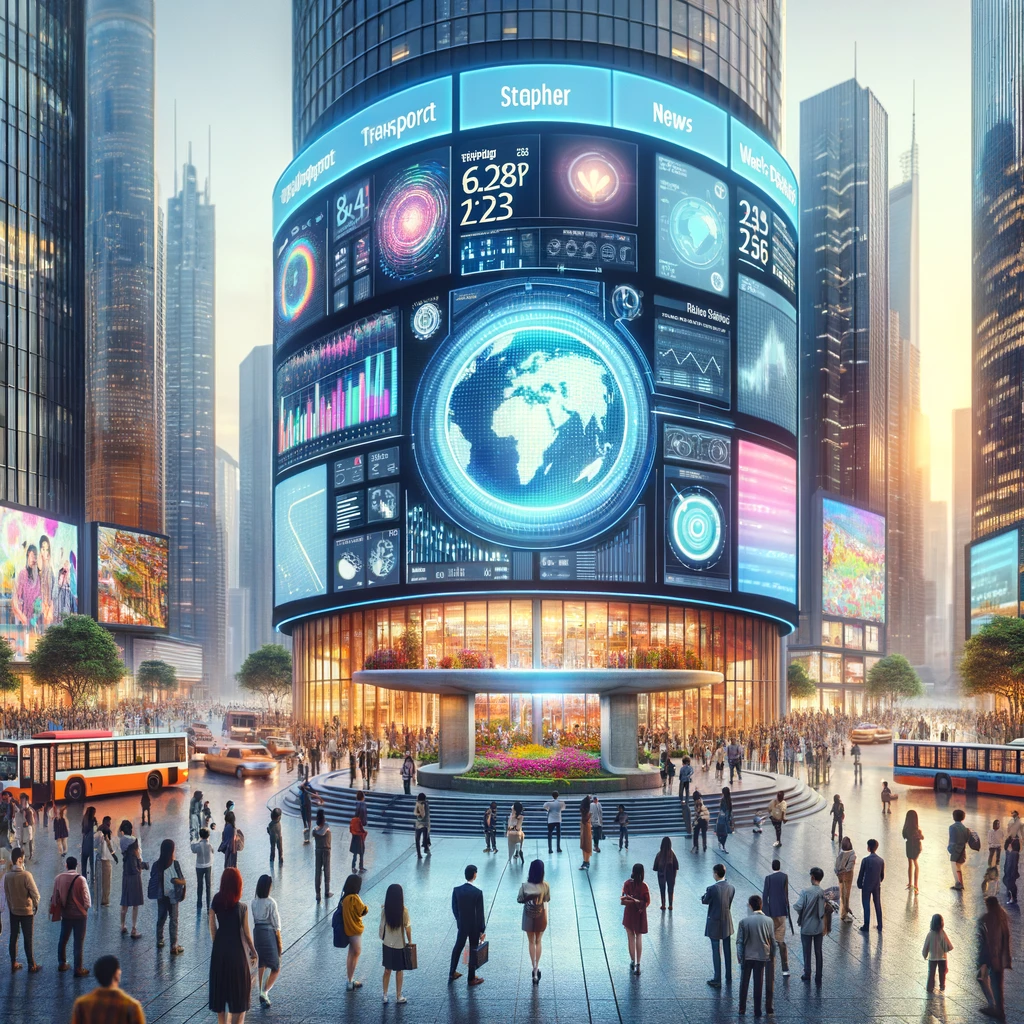The Heartbeat of the City: Real-Time Updates on the Go
Imagine walking through a bustling city square. Above, a grand display screen, as vivid as it is vast, cycles through the latest public transport schedules, weather forecasts, and breaking news. This isn’t science fiction; it’s the reality of modern urban living. These screens serve as the heartbeat of the city, keeping the rhythm of daily life in sync with the pulse of essential information.
A Lifeline in Times of Emergency
Now, picture an unforeseen event—an extreme weather condition or a public safety alert. The grand display screens turn into a lifeline, flashing critical alerts and safety instructions. They become a guiding light for residents and visitors alike, ensuring that crucial information is disseminated quickly and efficiently.
Public Information, A Community Pillar
Beyond emergencies, these screens play a vital role in community building. They broadcast local events, cultural festivities, and community messages, fostering a sense of belonging and civic pride among the city’s inhabitants.
Potential Buyers: Investing in Community and Safety
Municipal Governments and City Planners: The primary buyers, looking to integrate technology into urban infrastructure for better citizen engagement and public welfare.
Transport Authorities: For real-time updates in train stations, bus terminals, and airports, making travel smoother and more reliable for commuters.
Educational Institutions and Campuses: To keep students and staff informed about campus events, alerts, and schedules.
Healthcare Facilities and Hospitals: For vital health alerts, wayfinding, and public health campaigns.
Commercial Districts and Business Hubs: For integrating into the fabric of business areas, providing value-added information to professionals and visitors.
Tourist Attractions and Cultural Sites: To enhance visitor experiences by providing information about exhibits, events, and site-specific news.
Real Estate Developers: Incorporating smart display technologies in residential and commercial complexes for an added layer of convenience and modernity.
Conclusion
In the narrative of smart cities, grand display screens are not just tools; they are the digital town squares of our time. They offer a unique combination of public service, information dissemination, and community engagement. For potential buyers across various sectors, these screens represent an investment in the future—a future where information is accessible, emergencies are managed more efficiently, and communities are brought closer together through the power of digital communication.

